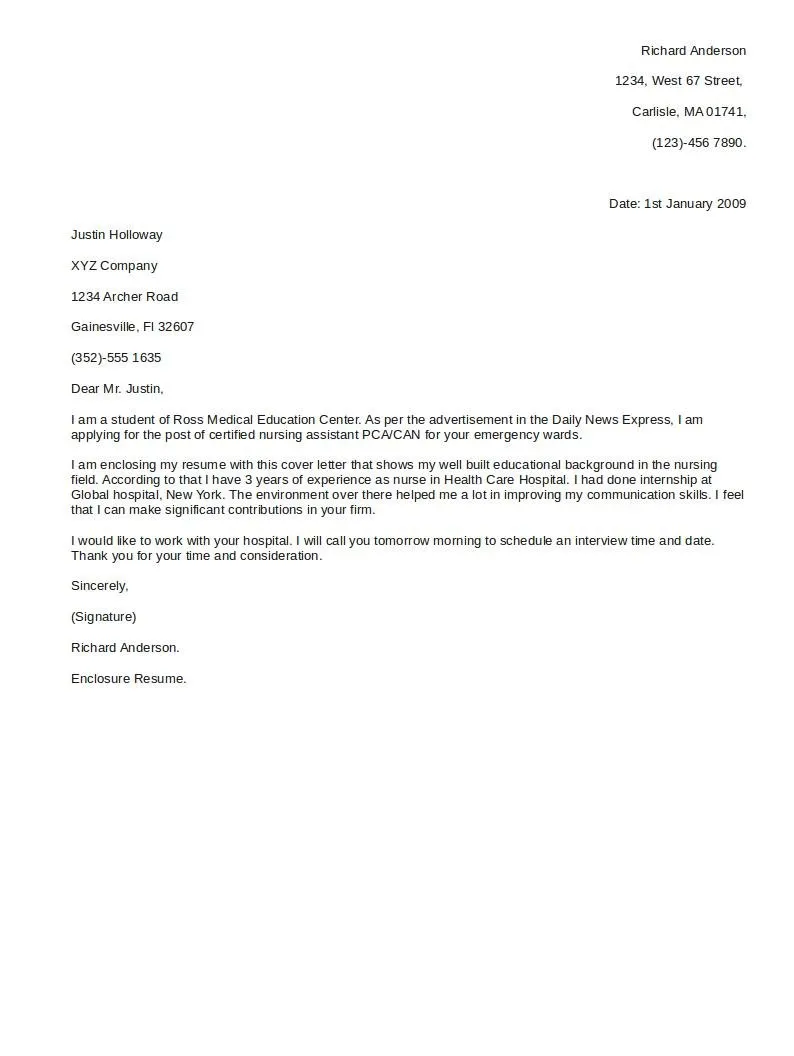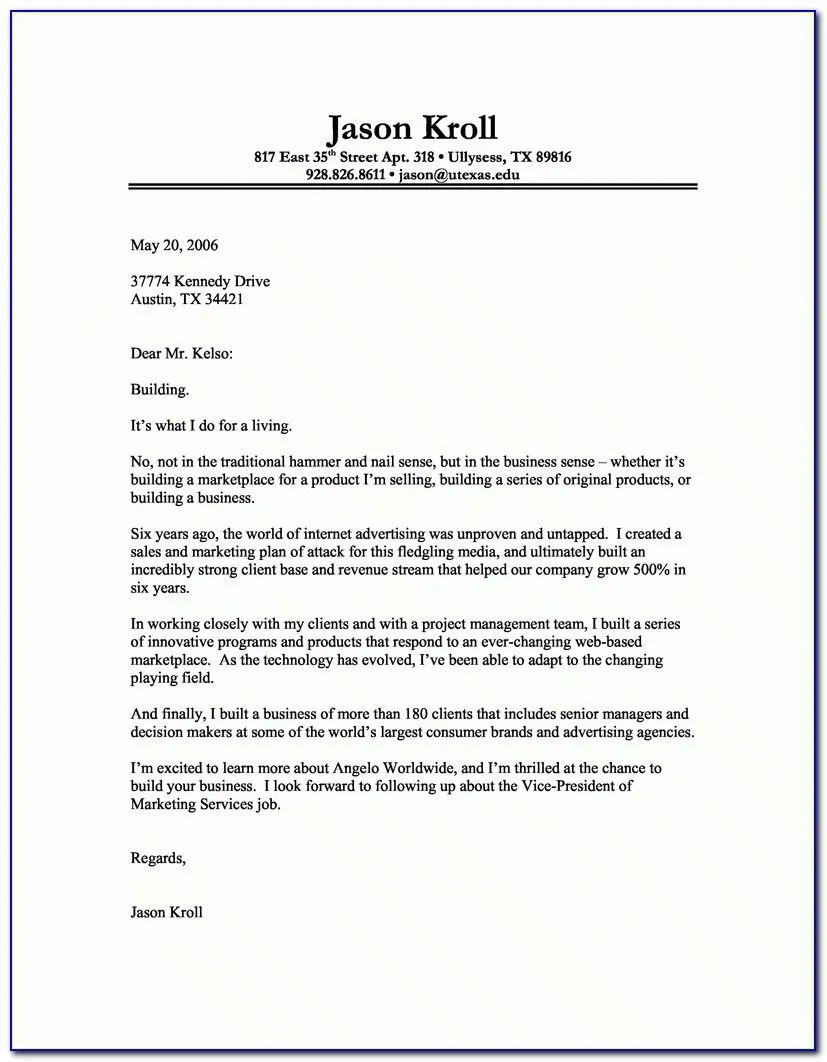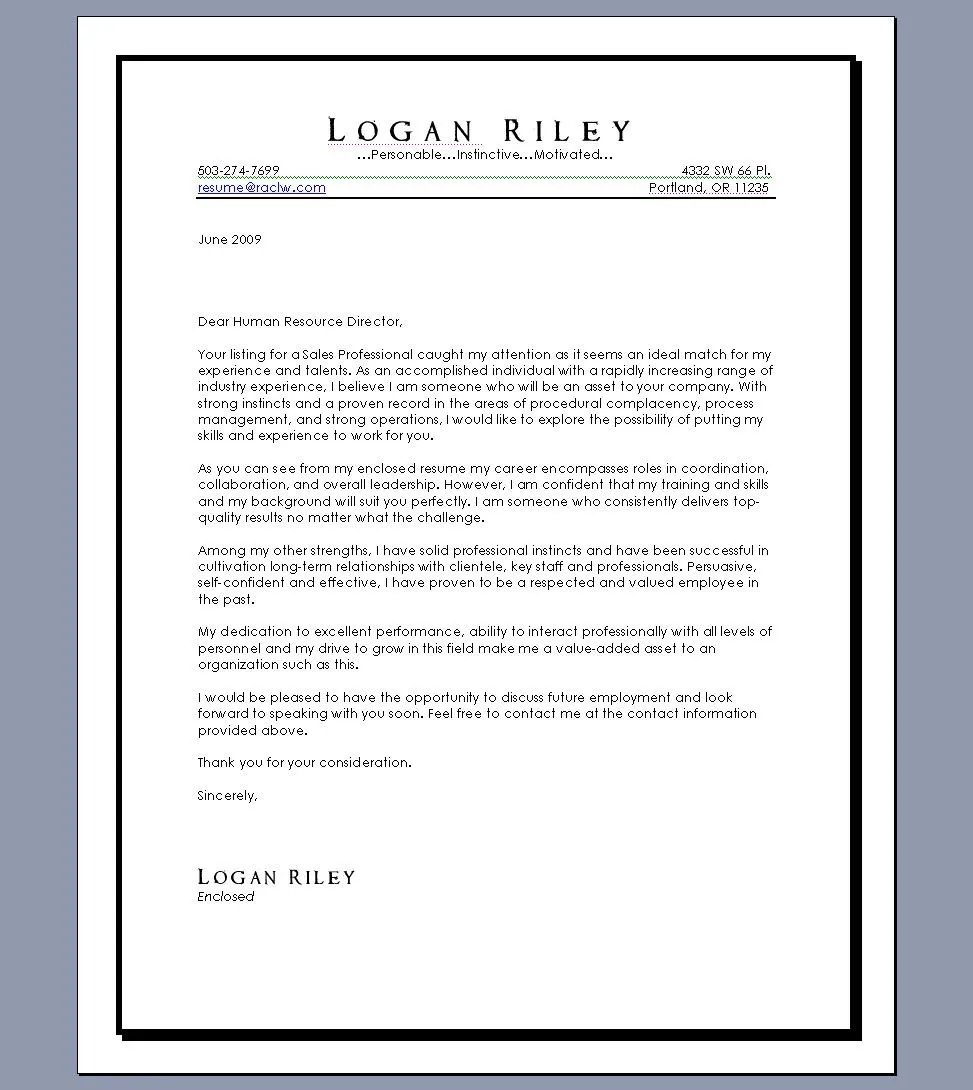What is a Cover Letter?
A cover letter is a crucial document that accompanies your resume when applying for a job. It serves as your personal introduction to a potential employer, providing an opportunity to showcase your personality, skills, and enthusiasm for the position. Think of it as your chance to make a memorable first impression and convince the hiring manager that you’re the right fit for the role. It should be tailored to each specific job application, highlighting the most relevant aspects of your experience and qualifications.
Why is a Cover Letter Important?
In today’s competitive job market, a well-crafted cover letter can significantly increase your chances of landing an interview. It provides context to your resume, allowing you to expand on your achievements and demonstrate how your skills align with the company’s needs. A cover letter can also reveal your communication skills, attention to detail, and genuine interest in the opportunity. Many hiring managers consider a cover letter essential, as it offers insights that a resume alone cannot provide.
The Purpose of a Cover Letter

The primary purpose of a cover letter is to grab the reader’s attention and persuade them to review your resume. It allows you to tell a story about your career, explain why you’re interested in the specific role and company, and demonstrate how you can contribute to their success. The cover letter should highlight your key strengths, address any potential concerns the employer might have, and encourage them to contact you for an interview. A well-written cover letter is a powerful marketing tool that can set you apart from other applicants.
Key Components of a Powerful Cover Letter
Header and Contact Information
Your cover letter should begin with a professional header that includes your full name, contact information (phone number and email address), and the date. If you’re submitting a physical copy, include your address as well. Ensure your email address is professional-sounding. This information should be easily accessible at the top of the document, allowing the hiring manager to quickly contact you if they’re interested in scheduling an interview.
Greeting and Introduction

Address the hiring manager by name if possible; researching the company’s website or LinkedIn can help you find this information. If you can’t find a specific name, use a general greeting like “Dear Hiring Manager.” Your introduction should immediately state the position you’re applying for and briefly mention where you found the job posting. Aim to capture their attention from the first sentence with a compelling hook that showcases your enthusiasm.
Body Paragraphs Highlighting Skills
The body of your cover letter is where you sell yourself. Choose a few key skills and experiences that align with the job requirements. Provide specific examples from your past roles or projects to demonstrate how you’ve successfully utilized these skills. Use action verbs to describe your accomplishments and quantify your achievements whenever possible. Tailor this section to highlight the most relevant aspects of your background that make you an ideal candidate.
Quantifying Achievements
Whenever possible, use numbers and data to quantify your accomplishments. For example, instead of saying “Improved sales,” say “Increased sales by 15% within six months.” Quantifiable achievements provide concrete evidence of your abilities and make your cover letter more persuasive. They demonstrate the impact you’ve had in previous roles and give the hiring manager a clear understanding of your potential contributions to their company.
Tailoring the Letter to the Job

Customize your cover letter for each job application. Research the company and the specific requirements of the role. Highlight the skills and experiences most relevant to their needs, and demonstrate how your background aligns with their values and goals. This personalized approach shows that you’ve taken the time to understand the position and are genuinely interested in the opportunity. Generic cover letters are easily spotted and often overlooked.
Closing and Call to Action
Your closing should reiterate your interest in the position and thank the hiring manager for their time and consideration. Include a call to action, such as inviting them to contact you for an interview. Express your enthusiasm for the opportunity and reinforce your belief that you’re the right candidate for the role. End with a professional closing, such as “Sincerely” or “Best regards,” followed by your full name.
Formatting and Design Best Practices
Font Choices and Readability

Choose a professional and easy-to-read font, such as Times New Roman, Arial, or Calibri. Use a font size between 10 and 12 points for optimal readability. Ensure consistent formatting throughout the document, including consistent line spacing and margins. A well-formatted cover letter is visually appealing and easy for the hiring manager to scan, making a positive impression and highlighting the key information.
Length and Structure
Keep your cover letter concise, ideally no more than one page long. Use a clear and logical structure, with an introduction, body paragraphs highlighting your skills and experiences, and a conclusion. Divide your letter into paragraphs to break up the text and make it easier to read. Aim for a balance between providing sufficient detail and keeping the letter brief and engaging. Remember, the goal is to entice the reader to review your resume.
Proofreading and Editing
Proofread your cover letter carefully for any typos, grammatical errors, or inconsistencies. Mistakes can create a negative impression and detract from your qualifications. Read your cover letter aloud to catch any awkward phrasing or unclear sentences. Consider having a friend or career counselor review your letter for feedback. Attention to detail is a critical skill, and a polished cover letter demonstrates your professionalism and commitment.
Common Cover Letter Mistakes to Avoid

Generic and Uninspired Content
Avoid using generic phrases and clichés that could apply to any job. Tailor your cover letter to the specific role and company, highlighting your unique qualifications and demonstrating your genuine interest. Show enthusiasm for the opportunity, and avoid simply restating the information on your resume. Generic cover letters fail to make a lasting impression and often end up in the rejection pile.
Typos and Grammatical Errors
Carelessly written cover letters with typos or grammatical errors can immediately disqualify you. Proofread your letter multiple times, and consider using grammar and spell-checking tools. Errors indicate a lack of attention to detail and can make you appear unprofessional. Always double-check your contact information to ensure that the hiring manager can reach you.
Focusing on Yourself Too Much

While you should highlight your skills and experience, don’t make your cover letter entirely about you. Focus on how you can contribute to the company’s success and solve their problems. Explain how your skills and experience align with their needs and goals. Show the hiring manager that you understand their business and are genuinely interested in adding value to their team. Emphasize the benefits you bring to the organization, not just your own accomplishments.
How to Get Started Writing Your Cover Letter
Researching the Company and Role
Before you start writing, research the company and the specific role you’re applying for. Understand their mission, values, and goals, and identify the key requirements and responsibilities of the position. This research will help you tailor your cover letter to the specific needs of the employer and demonstrate your genuine interest in the opportunity. Look at their website, social media profiles, and recent news articles to gain insights.
Highlighting Relevant Skills and Experience
Review the job description and identify the key skills and experiences the employer is seeking. Then, choose the most relevant qualifications from your background and highlight them in your cover letter. Provide specific examples of how you’ve successfully utilized these skills in previous roles. This approach demonstrates to the hiring manager that you possess the necessary qualifications to excel in the position.
Using Action Verbs Effectively
Use strong action verbs to describe your accomplishments and responsibilities. This will make your cover letter more dynamic and engaging. Examples include “managed,” “developed,” “implemented,” “achieved,” and “led.” Action verbs help you convey your accomplishments and demonstrate the impact you’ve had in previous roles. Avoid passive language and focus on showcasing your contributions.
In conclusion, a well-crafted cover letter is an essential tool for any job seeker. By following these guidelines, you can create a compelling cover letter that highlights your skills, experiences, and enthusiasm, increasing your chances of landing an interview. Remember to tailor each cover letter to the specific job, proofread carefully, and always aim to make a strong, positive impression. Good luck with your job search!
